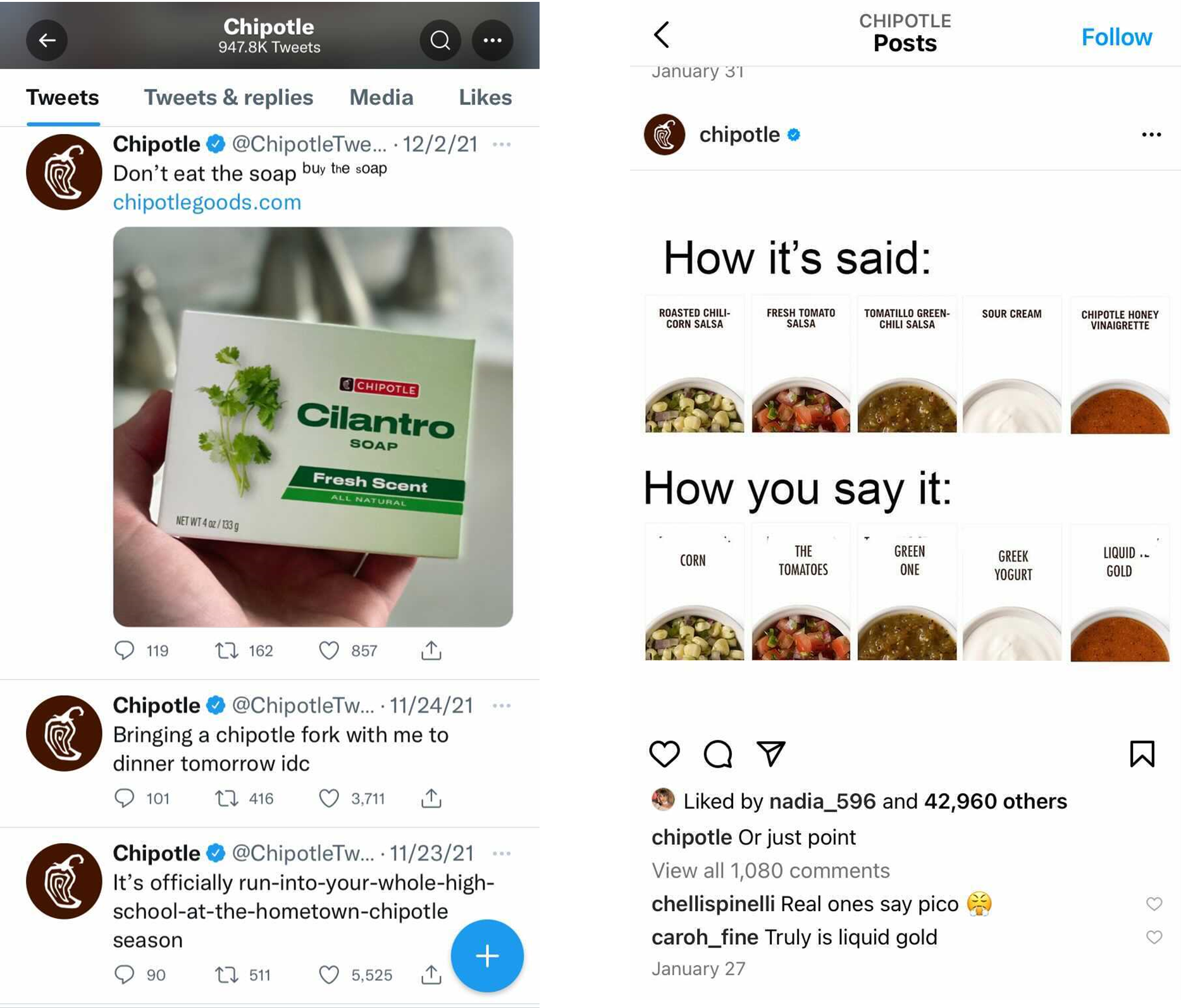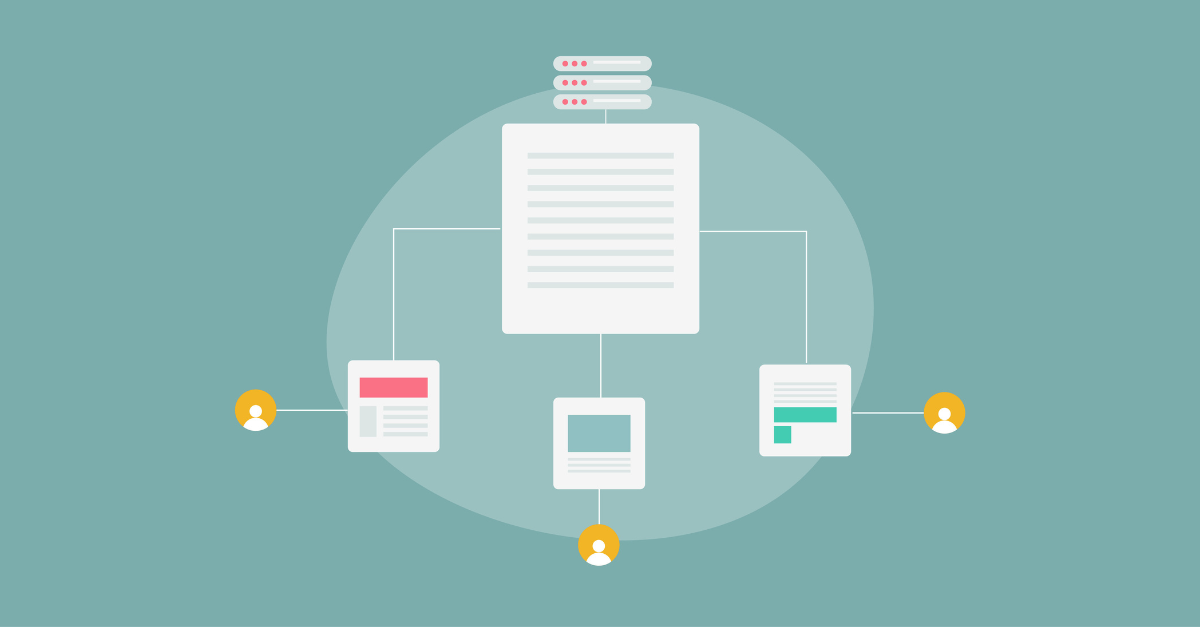If you’re a marketer, you’ve probably spent years honing your skills in copywriting, design, marketing tech, ad platforms and the rest of the skills that come with the territory. On top of that, you’ve developed an extensive understanding of your business’s industry—the products, the services, the needs of your consumers, and the intricacies of the environments that surround them all. These are the things that come natural to us because they’re the world we live in every day. And when these two worlds meet, the results can be amazing—detail-rich whitepapers, thought-provoking blog content, engaging graphics and more.
Unfortunately, even with a wealth of carefully-crafted content, many marketers miss the mark. Why? A deep understanding of your industry and marketing channels mean nothing if you aren’t producing content that speaks to a specific, pre-defined audience. If you haven’t started from an audience-first perspective, your content will almost certainly fall flat.
Who is Your Target Audience?
Having a clear idea of who you’re creating content for ensures that the hard work you’ve put into your products, services and the campaigns to promote them are being seen by those who need it most. It also allows you to be successful in your business endeavors, measure that success, allocate your time, attention and ad spend, and continue to create marketing content that strikes a chord with your audience.
Examples of Target Audience Categories
At the most basic level, target audiences can be comprised of groupings or combinations of demographic segments. These vary slightly from target markets which also center around grouping consumers but has a different detonation.
The target market is who our products and services are aimed at, and we find that market by exploring and defining our target audience.
Here are some demographics for a target audience:
- Location. Using location to narrow or broaden your audience search.
- Age. Catering to all age groups, younger populations, or older populations.
- Gender. Defining whether your product is designed for a male, female, or non-binary.
- Interest. Knowing your consumers’ likes, dislikes, and hobbies.
- Subculture. Finding shared, common experiences to target audience motivations.
For example, if you create baby products, you may define your target audience as people who identify as a new parent and also people with interests in motherhood or fatherhood, those in their 20’s or 30’s, and those who are in parenting groups or follow parenting-related accounts on social media.
How to Research Your Target Audience
Now comes the part where you tackle the research. You know where you want to go and we’re here to help you get there.
Start with What You Know
We have a wealth of information in our hands that can be used by understanding what our current customer base looks like. This is when you touch base with your sales and marketing teams to figure out the type of audience they’ve been working with.
Use a list of existing customers to create a profile of shared characteristics. Maybe most people on this list are older men who have been in managerial roles for the past decade or new grads that live in the city. By pinpointing similarities in your current audience, you’ll be able to grasp where your future audience is at.
Segment and Diversify
Once you’ve got your basics figured out, you can build out and segment. All these people on your list have areas where their lives overlap, but that doesn’t mean they are the same person. You can group them further based on those that spend the most, those that spend the most often, etc.
For example, create one segment of customers that are high grossing for your company. This group may require little work on your end to take through the sales cycle and are profitable in all cases. Another group to segment out may be the ones that are loyal—they shop your holiday sale every year but may not be the most profitable.
Continue to create new segments and fit your existing customer base into them. Are there any that you are investing in more than it’s worth? Are there any potential new customers that could fill a space?
This is also a great moment to collect demographic data and use it to create a portrait of who your target audience is. This is like fleshing out a character for a book or movie. You start from a flat, one-dimensional profile and build it into someone who has a background, hobbies, interests, career goals, etc. To identify who your target audience is involves tapping into their needs and interests and how they align with your product or service.
Understand Yourself
As much as you have a firm grasp of who your audience is, you must also have a firm grasp on who you—your company, brand, product, and service—are.
Pinpoint the features and qualities of what you offer that makes it different from what others offer. Try to understand who would benefit most from using your company’s products or services. Is it a finance executive with plenty of knowledge but no way to organize it, or is it an elderly, non-tech savvy person who is just trying to stay connected with their family?
Once you fully understand the benefits of your product or service, you will have much more insight into who would value it and why. This gives you a good strategy for targeting the people you’re looking to introduce your brand to.
Tap Into the Competition
We all step into the business world with competitors at our doors even if we’re in a relatively niche field. There will always be someone that claims to do what you do, but better. Rather than icing these competitors out completely, you can use them to familiarize yourself with your audience even more.
Obviously, you’ll both be targeting similar people. This is a great opportunity to browse their website and social media pages to find out just what type of content they are serving to their audience and which kinds of people are engaging.
If you find that they are building out content that your own site or socials are lacking in, take some inspiration and find a way to meet them or beat them where they’re at. Check out our recent piece on “How to Better Analyze Your Competitors’ Keywords” to step up your game even more.
Making the extra effort up front to compile this data, analyze the hand you hold, and keep tabs on your competitors is how you can broaden your scope and reach groups of people that you’d never thought to consider before.
Utilize Analytics Tools
You’ve got them, so use them! Whether you are running high-budget campaigns or are working off no budget at all, there are insights that platforms offer to help you understand who you’re reaching and talking to.
Tools that marketers can tap into include Google Analytics, Facebook/Instagram/Twitter Insights, Ahrefs, HubSpot, and even emfluence’s own marketing platform!
These are powerful tools that use extensive data to paint a picture of the users you are digitally interacting with. You can discover how they’re engaging, where they’re engaging from, and when. More importantly, these analytics can clue you in on what is working and what’s not working with your audience, allowing you to adapt your marketing strategy as you go along.
Examples of Target Marketing Campaigns
We’ve spent some time talking about target marketing campaigns. Now let’s take a look at some that really stand out.
Chipotle, for one, is creatively engaging it’s audience. On platforms like Twitter and Instagram, the marketers over there understand the younger demographics they’ll be speaking to and keep their posts light and comical as a result. Just look at their recent Tweets and their Instagram post that calls out exactly what each of us is thinking.

Netflix is another example of a company that is great at tailoring content to audiences, not just on social sites but also on their platform. You’re probably familiar with these recommendations when you open the streaming app. Like this? Try this! And it’s a tactic that has worked on millions of viewers.

The Takeaway
Feeling inspired yet? There’s a lot more you will feel like you have control over once you really nail down your understanding of your target audience. It’s not just about reaching your consumers with the right product at the right time but also having the right data to put yourself in front of your consumer in the first place.



